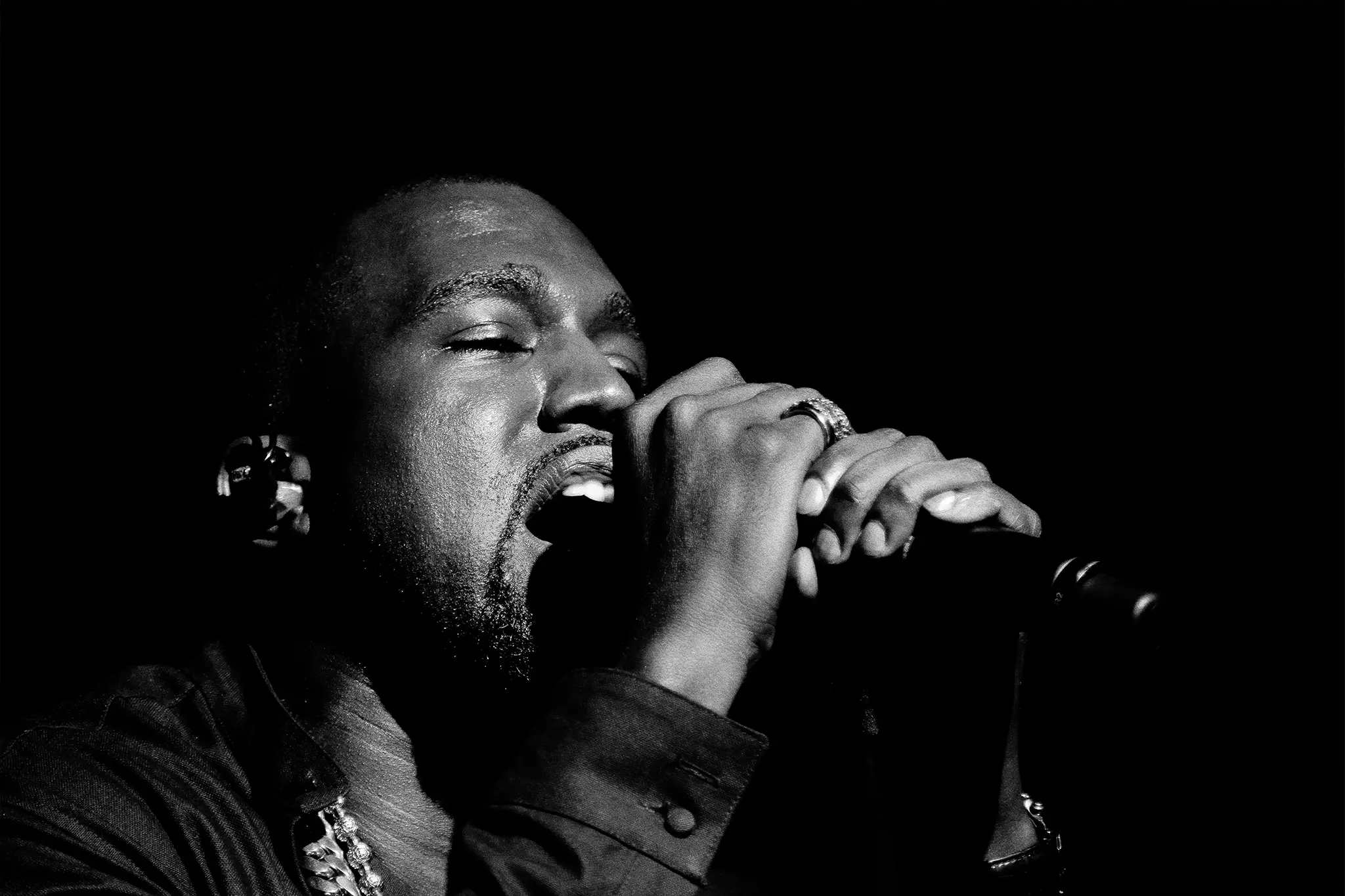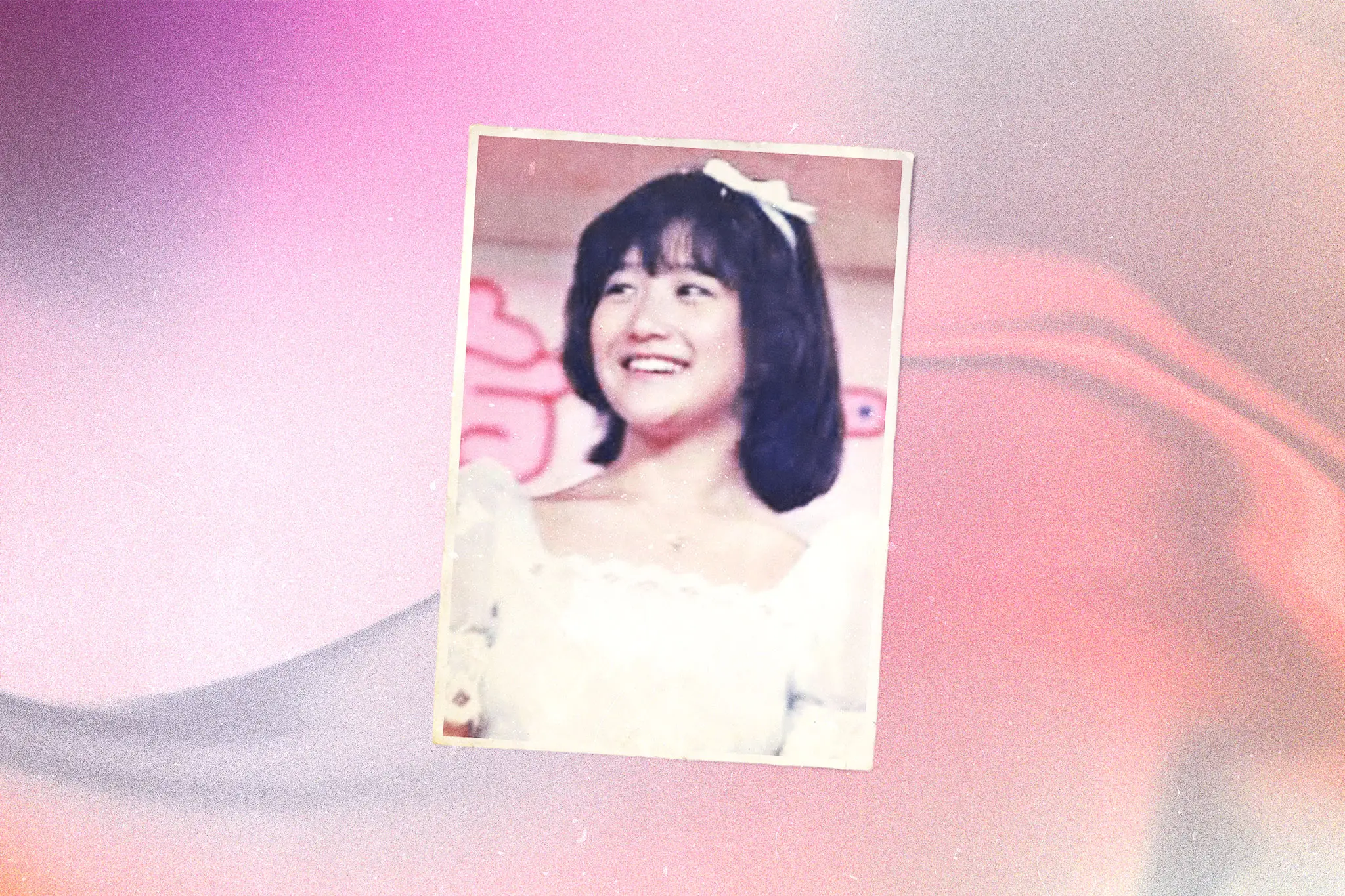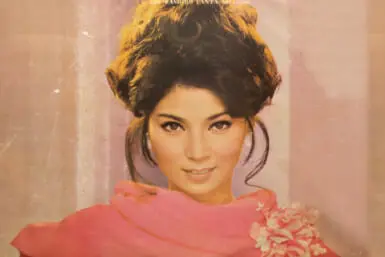At just 18, Yukiko Okada was already on her way to becoming one of Japan’s biggest idols. A popular actor and singer, she topped the Oricon chart for the first time with her catchy track “Kuchibiru Network,” released in January 1986. It was supposed to be the first of many. Tragically, it was to be her only number one single. Less than three months after its release, the teenager, known as “Yukko” to her fans, took her own life, leaving the country stunned. On the 37th anniversary of her death, we’re looking back at her short yet impactful career for our latest Spotlight article.
A Star is Born
Okada was born Kayo Sato in Ichinomiya, Aichi Prefecture on August 22, 1967. Though she suffered from a motor skills disorder at school, she was seen as a creative student. Enjoying painting, drawing cartoons and writing stories, she yearned for a career in which she could express herself and in her final year at elementary school won first prize at the Atsuta Shrine Sketch Contest. She continued to display her artistic abilities at junior high school, garnering a lot of attention for her portrait of her favorite idol, Naoko Kawai.
By this stage, Okada also aspired to be an idol herself. She applied for several auditions, including the famous Horipro Talent Scout Caravan. Despite being selected for the odd photoshoot here and there, it was mostly a long list of rejections. In the summer of 1982, she appeared on the popular Nippon Television talent show Star Tanjo! (A Star is Born!) and made it through to the finals at the end of the year. Her parents, however, prevented her from performing. Okada subsequently locked herself in her room and went on a hunger strike. They eventually reached an agreement.
Okada could continue pursuing a career in the entertainment industry if she aced all her tests. She did, and in March 1983, appeared in the finals of the same hit show, now named Shin Star Shinjo! (A New Star is Born!). Okada later claimed her mother tried to fatten her up so she would lose. It didn’t work. Performing Akina Nakamori’s track “Slow Motion,” she won the contest and in doing so joined an illustrious set of winners, including the likes of Akina Nakamori, Momoe Yamaguchi and Pink Lady. It was a notable triumph, comparable to winning The X Factor today.
https://www.youtube.com/watch?v=PNVJTBKRNzM
A Cinderella Story (On the Surface at Least)
Okada debuted with the single “First Date” in April 1984. Written by Mariya Takeuchi, who also sang in the chorus, it was later used for Glico’s Cafe Jelly commercial. After performing the track on the TBS show The Top Ten, the then 16-year-old was compared to Japan’s so-called “eternal idol” Seiko Matsuda. The comparison came up in an interview the teenage singer did with the gravure magazine Bomb. “I don’t want to be an imitation of Seiko Matsuda,” was her response. Asked what performer she wanted to be like, she replied, “Yukiko Okada.”
Heading right to the top, Okada released her debut album Cinderella in September 1984. That same month, she held her first concert in Osaka. The teen ended the year with several accolades, including the Best New Artist prize at the 26th Japan Record Awards. She then continued to thrive in 1985. Her first nationwide tour was a big success and all of her EPs charted in the top 10. As well as her music success, she also played her first lead role as the titular character in The Forbidden Mariko, about a girl with psychic and psychokinesis powers.
The teen star may not have been interested in the comparison, but she was well on her way to becoming the next Matsuda. And it was Japan’s eternal idol who wrote “Kuchibiru Network,” Okada’s first and only number one record. “I thought the content of the song was too sexy, but when Yukiko sang it, it became cute and glamorous,” said Matsuda, who was taking a break from recording at the time because she was pregnant. With fellow national treasure Ryuichi Sakamoto composing the track, it’s no wonder it topped the charts. It was also used for a Kanebo commercial.
https://www.youtube.com/watch?v=GV1q8avhHSs
A Tragic Ending
In just three years, Okada had gone from a wannabe star to one of the most in-demand idols in the country. Sadly, we’ll never know how big she could’ve become as she took her own life on this day in 1986. In the morning, residents in her apartment block noticed a smell of gas coming from her room. A rescue team was called. They discovered the singer in tears, crouched down inside a closet in the gas-filled apartment. She had slit her wrists. Her manager then arrived and took her to the hospital.
Speaking to Asahi Weekly in 2016, Sun Music’s former managing director Tokio Fukuda said he received a call from the company’s founder, asking him to pick up Okada from the hospital. He then took the tearful idol to the company’s office as she requested. While she was there, in a separate room, Fukuda, the management director and other staff members discussed how they could avoid a media scandal. As this conversation was taking place, Okada ran up to the roof of the seven-floor building. At approximately 12:15pm, she took off her shoes and jumped, dying instantly.
Her death sent shockwaves throughout the nation. A week earlier, model and actress Yasuko Endo, 17, who was due to debut as a singer, died after jumping from the roof of a seven-floor building in Asakusabashi. Why Okada decided to imitate her remains unknown. Unsurprisingly, there was a lot of speculation at the time, particularly about her love life. According to rumors, she’d fallen for Toru Minegishi, a co-star in The Forbidden Mariko who was 24 years her senior. A suicide note she left at her apartment allegedly finished with the words, “I wanted to see him again. My heart has nowhere to go.”

Kanye West | Image by Kenny Sun
Okada’s Legacy
Fans of Okada couldn’t take the fact that she was gone. In the weeks that followed, there was a significant spike in the number of adolescents jumping from buildings, particularly girls. These apparent copycat suicides were labeled with the neologism “Yukko Syndrome” by the mass media. The first to be officially connected with the singer’s death was a 16-year-old Korean student. She told her sister she wanted “to become like Yukiko Okada” and subsequently leapt from the 13th floor of an apartment building in Kobe on April 15.
It’s hard to imagine the suicide of a Japanese idol in 1986 having an impact on one of the world’s most famous rappers more than two decades later. Yet that was supposedly the case with Kanye West during his stay in Japan. The fourth-best selling digital artist of the 2000s went into ‘personal exile’ here after he interrupted Taylor Swift at the 2009 VMAs. Said to be fascinated by Okada’s tragic story, he sampled her song “Futari Dake no Ceremony” for his unreleased track “Never See Me Again,” written when he was in a very dark place.
Okada felt the only way out of her dark place was to take her own life. It was a dreadful ending to what had been a hugely promising career. She was only in the limelight for two years yet is still remembered as one of Japan’s most famous idols of the 1980s. Her music lives on thanks to her fans and artists like Takeuchi, who in 2019, released Yukiko Okada Mariya’s Songbook, a compilation of tracks she composed for the teenager, including “First Date,” Okada’s debut single. Sadly, she only released seven more in her lifetime.
If you’re struggling with suicidal thoughts, you can reach out to the TELL Lifeline on 03-5477-0992 or visit telljp.com.









